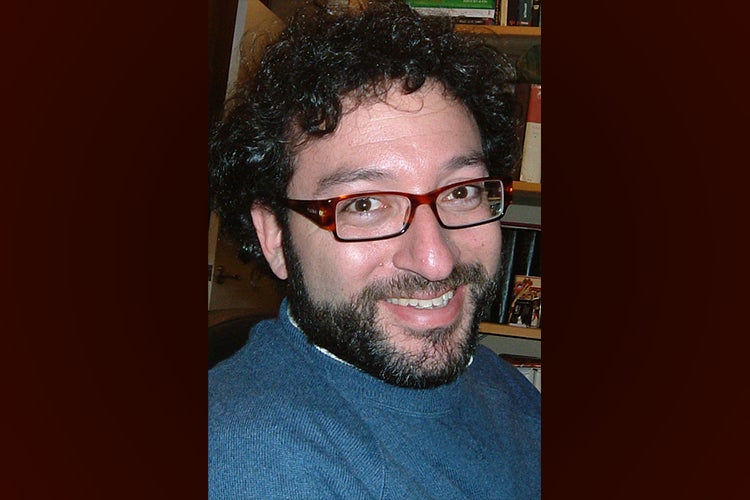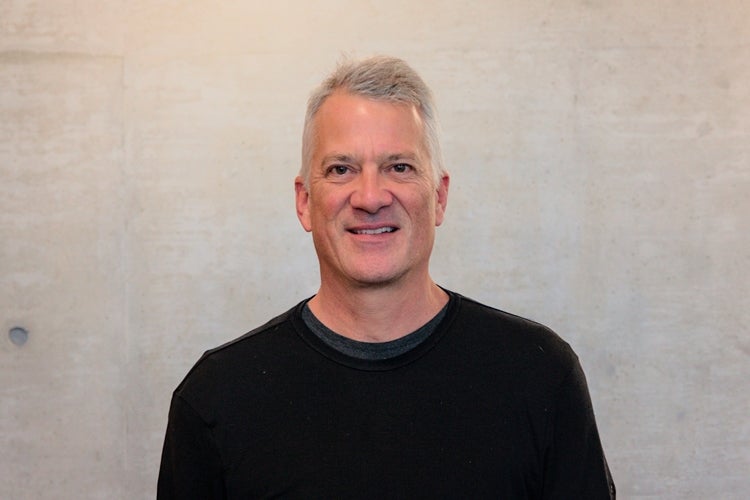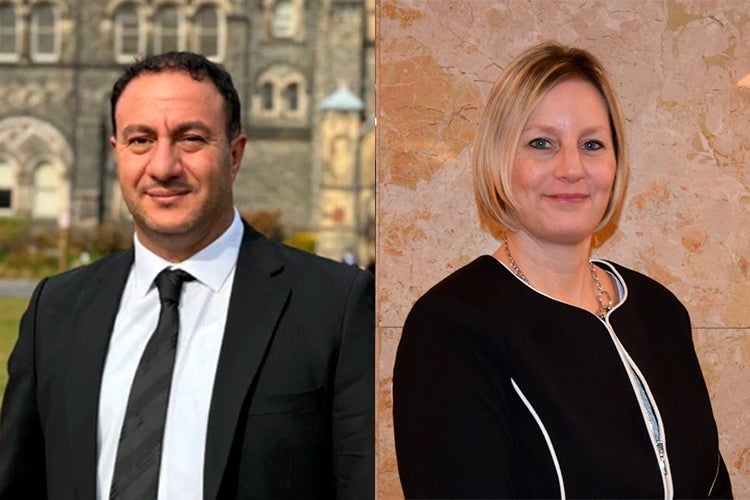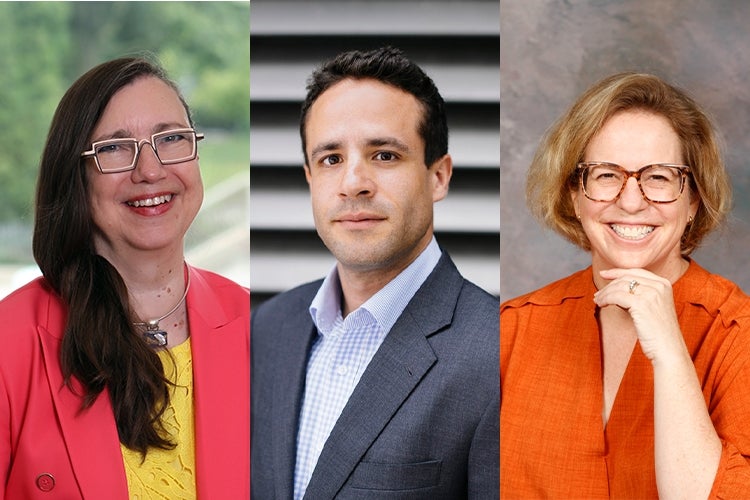
Aephraim Steinberg appointed University Professor
Published: June 18, 2021
Aephraim Steinberg has been appointed a University Professor, an elite designation bestowed on a small number of University of Toronto faculty members for distinguished scholarly achievement and pre-eminence in their fields.
A professor in the department of physics in the Faculty of Arts & Science and founding member of U of T’s Centre for Quantum Information & Quantum Control, Steinberg is also director of the quantum information science program at the Canadian Institute for Advanced Research. He has been working on the foundations of quantum mechanics (experimental quantum optics and ultracold atoms) for more than 30 years.
“Aephraim Steinberg has been transforming our understanding of quantum physics ever since his thesis – completed in 1994 – which demonstrated that a single photon could tunnel across a quantum barrier seemingly faster than light,” said Vice-President and Provost Cheryl Regehr. “His work has excited great public interest and was recently featured in an episode of Morgan Freeman’s documentary series Through the Wormhole.”
Steinberg, whose research also focuses on laser-cooled atoms, joined U of T in 1996. His group is renowned for its accomplishments using both entangled photons and ultracold atoms to study foundational quantum physics, quantum metrology, and quantum computation.
“I feel immensely honoured that my peers and colleagues should place me in the company of researchers who have been – and remain – such inspiring role models for me since I first came to Toronto,” Steinberg said. “This recognition is truly a testament to the group of remarkable and brilliant students I have been so lucky to work with, and who make U of T such an outstanding place to do research.”
Steinberg won a Polanyi Prize in 1997, a Premier’s Research Excellence Award in 1999, the CAP Herzberg Medal in 2006, the Rutherford Medal of the Royal Society of Canada in 2006, and a McLean and Steacie fellowship in 2007. He is a Fellow of the American Physical Society, the Optical Society of America, and the Royal Society of Canada.



